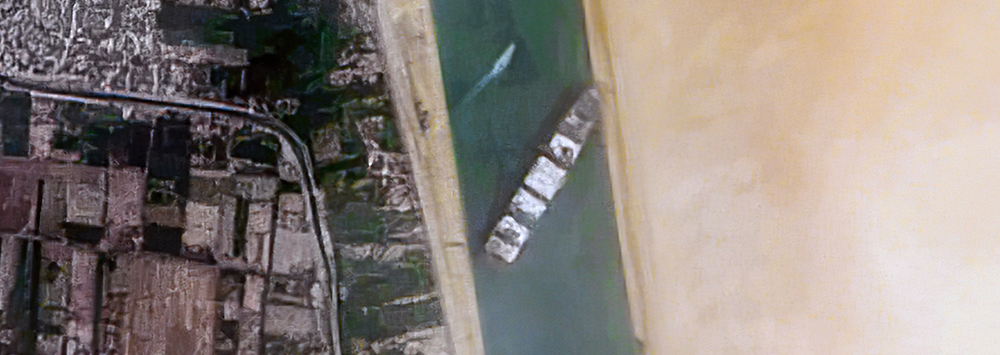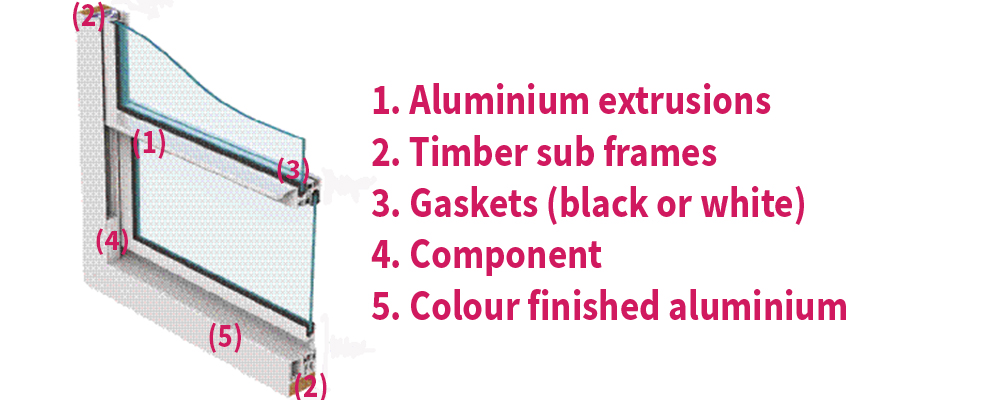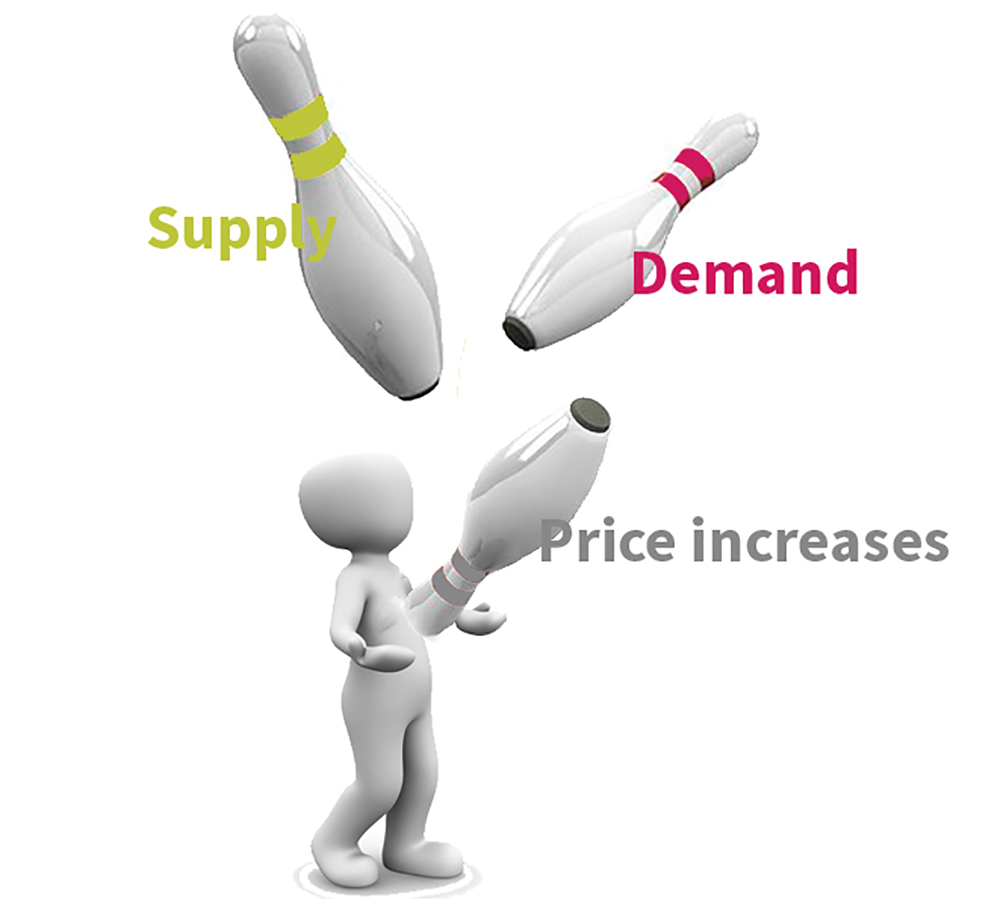It feels like we get over one problem and another takes its place…
As for so many people across many industries, the built environment industry was hit hard last year during the first lockdown, with swathes of people furloughed and sites shut down for weeks. Cranes were left hanging in the sky, hoardings left to hang fluttering in the wind and a distinct lack of trucks carrying materials to sites – how long was it going to last for? As an industrious nation, with building works of all types being carried out across the country, it felt like an apocalypse had hit – which in many ways it had.
However, as the months unfolded and safe ways of working on-site adopted, construction started to come back, albeit in a reduced capacity initially. Towards the end of 2020, the beginning of 2021, the green shoots were really being felt and a return to optimism for the short to medium term future by professionals across the industry. It has meant adopting many new working practices, with firms having to react and quickly deploy digital ways of communicating and recording information, which would traditionally have been done on-site, in offices etc. It shows that when push comes to shove and people work together, that obstacles can be overcome.
As the industry picked up momentum, despite a further 2 national lockdowns, other things started to unfold which would put pressure on the industry in other ways which we have just started to experience across the board, presenting a threat to the continued buoyancy in the short to medium term…
 Container ship 'Ever Given' stranded in the Suez Canal – March 2021
Container ship 'Ever Given' stranded in the Suez Canal – March 2021
 Elements of the secondary glazing under supply pressure
Although what may seem like a fairly simple product, when broken down into its various components it is really complex in terms of procurement – especially when you hold 120 different profiles to make up the 20 products in the range, and that isn’t including the ironmongery and other elements needed.
Elements of the secondary glazing under supply pressure
Although what may seem like a fairly simple product, when broken down into its various components it is really complex in terms of procurement – especially when you hold 120 different profiles to make up the 20 products in the range, and that isn’t including the ironmongery and other elements needed.

 Container ship 'Ever Given' stranded in the Suez Canal – March 2021
Container ship 'Ever Given' stranded in the Suez Canal – March 2021
- Following months of lockdown on sites and in factories on a global scale, everyone is playing catch up for the period of no throughputs
- Brexit, plus the change in peoples’ attitude to life following personal experiences with the effects of the pandemic, have seen many professionals and highly skilled workers leaving to return to their respective countries to continue their life there, which means certain areas of the workforce are now much depleted – it is estimated that the construction industry has lost 200,000 EU workers alone. There have also been some restrictions on movement, so some workers found they could not return to the UK after leaving
- On March 23rd the Suez Canal was blocked for 6 days by a 1,312-foot tanker. The main trading route connecting the Mediterranean to the Red Sea, saw 400 ships stranded as a result, carrying goods and materials of all kinds to locations across Europe
- There has been a boom in building activity in countries such as America and China, which has meant materials and components usually imported to the UK for use, are being prioritised for the respective nation’s own use
- There are currently not enough shipping containers to ship the demand for materials and there have been logistical issues at certain ports which have been exacerbated by COVID-19
 Elements of the secondary glazing under supply pressure
Although what may seem like a fairly simple product, when broken down into its various components it is really complex in terms of procurement – especially when you hold 120 different profiles to make up the 20 products in the range, and that isn’t including the ironmongery and other elements needed.
Elements of the secondary glazing under supply pressure
Although what may seem like a fairly simple product, when broken down into its various components it is really complex in terms of procurement – especially when you hold 120 different profiles to make up the 20 products in the range, and that isn’t including the ironmongery and other elements needed.
- At present, there is a lack of bauxite, the main element of aluminium, which is affecting our lead times on some of our profiles. With aluminium used for hundreds of applications, there are many manufacturers all ‘shouting’ that they should be at the front of the queue to receive their materials
- There has been a global lack of pigments to be used in paint applications, so clients requiring metallic coated profiles for their projects, had lead times pushed out
- It is becoming increasingly harder to obtain wood for the timber grounds as demand grows. Climate change fires in some of the world's main providing countries means supply has been destroyed and also disrupted production and processing
- The gaskets, which hold the glass in the frames, are made from a petroleum by-product, in general, coming from Texas. This element has been diverted for other products needed in the USA for their own uses, which has put a strain on supply chains for gaskets and of course the purchasing ability for manufacturers needing them
- Even smaller components are being affected such as the sash guides used within the frames which are made from plastic so have the same issues as in the point above, and fixings are also in short supply

- Date
- Category
- The Built Environment